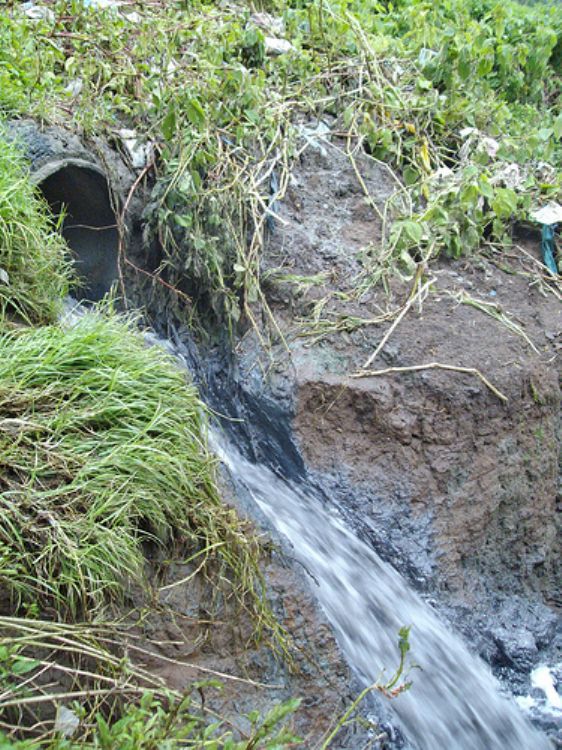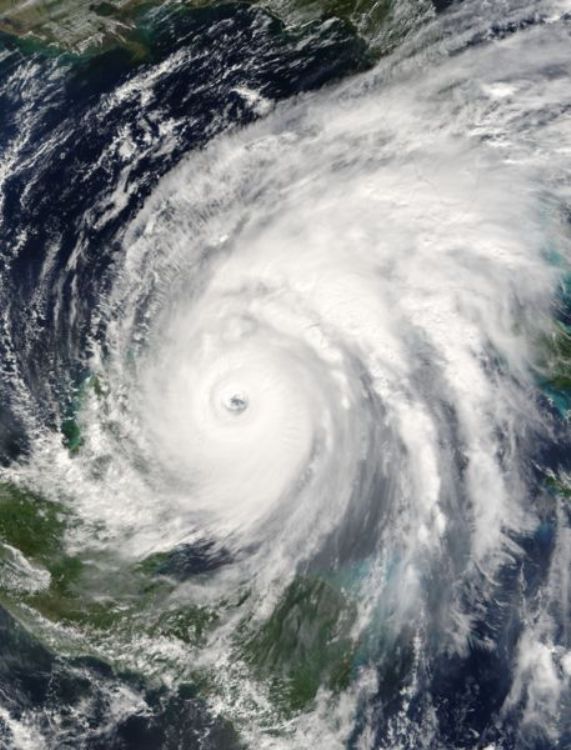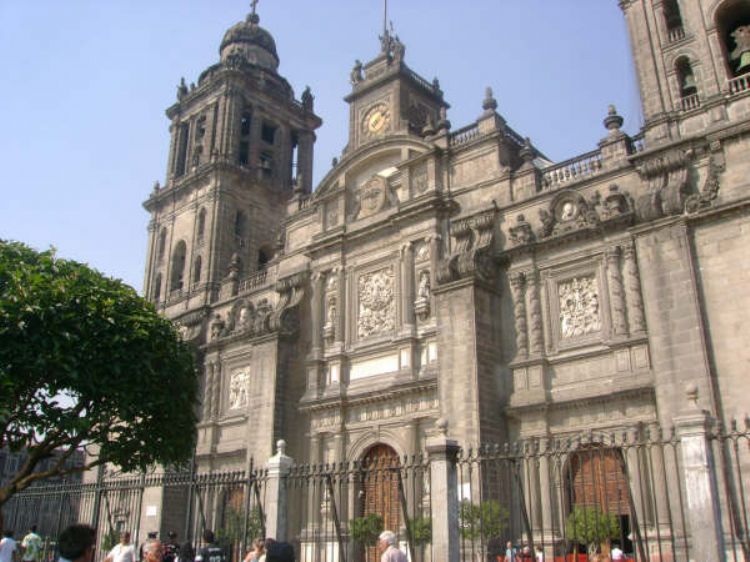Water Problems in Mexico

In México, one of the factors most affecting water related problems is its distribution. Currently, more than 12 million persons lack drinkable water, especially in rural areas.
Water pollution is due to the discharge of domestic, industrial, agricultural and mining residues. Ninety million Mexicans, despite having the infrastructure to receive drinkable water, need to filter their water through domestic purifying systems or buy it at a very high costs from private companies, since purifying plants and distribution networks provided by the government or the individual storage systems do not function properly, thus polluting the vital liquid before reaching the final consumer. This injustice has become a very lucrative business, turning drinkable water into a private good.
Despite the critical situation of water availability and millions of pesos invested by the government of the promotion of preservation measures, distribution networks in cities are outdated and lack proper maintenance, reaching up to a 35% loss of water through these systems.
Mexico is classified as a predominantly semiarid country, with a serious water scarcity problem for most of the population due to the distribution of natural sources and rainfall. Annual rainfall is below 500 mm in 52% of the territory, above 2,000 mm in 7% of the territory and above 3,200 mm per year only in the states of Veracruz, Tabasco and Chiapas.
The system used to supply water to Valley of Mexico creates more than two billion tons of carbon dioxide per year, significantly contributing to global warming. This amount of energy is required because water has to travel 170 kilometers through the Cutzamala system at a 1,100 meter slope from Colorines Dam.
The same as in the Valley, the water distribution systems throughout the country require constant monitoring to detect leaks and repair obsolete networks. In addition to these actions, a water saving culture most be promoted and infrastructure should be created in order to properly take advantage of rain.
The water supply problem in Mexico City has prompted a clandestine exploitation of wells. Extracting underground water has caused the city to sink, up to 30 centimeters per year. For example, The Basilica of Guadalupe in the Historic Center has required investments of more than 300 million pesos to repair the damage caused by its sinking.
The overexploitation of aquifers deteriorates water quality due to the saline intrusion and fossil water migration concentrated naturally. A clear example of this case in Mexico is at Laguna, a region in Coahuila and Durango, with a severe arsenic pollution because while 1,020 million cubic meters are extracted each year, only 519 million are replenished. The Official Mexican Norm (NOM) states it is tolerable to drink water with less than 5 micrograms of arsenic per liter, while in Laguna people are drinking more than 10 micrograms due to the overexploitation of groundwater wells. This water is then made drinkable through expensive high-tech filters at the distribution plants.
Cuatro Cienegas in Coahuila is another of the most serious and appalling cases of water overexploitation in the country. This place is a collection of water bodies isolated in the desert with an impressive amount of endemic water and stromatolite organisms. The water level at this valley has greatly decreased, causing the death and soon extinction of these valuable beings. This environmental disaster due to irrational water extraction at this priceless ecosystem obeys regional industrial interests.
Article produced by the Editorial Team of Explorando México.
Copyright: Explorando Mexico. All Rights Reserved.
Image: Magnusfranklin from Flickr Creative Commons.






